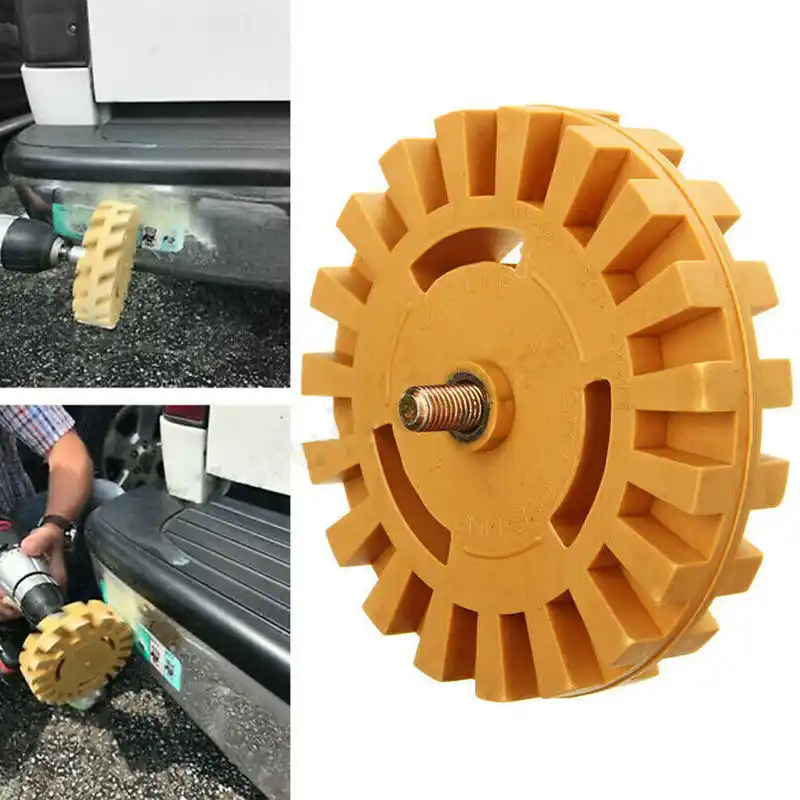Rubber Tire Manure Scrapers
New Rubber scraper, heavy duty made to last, 7ft 11″ or wider, skid loader quick attach for $1725 plus shipping.
Up to 16′ wide
Additional uses:
Self-propelled Side-Shooter
THE FASTEST WAY TO BED as the self propelled side-shooter will decrease the time and wear on skid loaders needed to bed free-stalls.
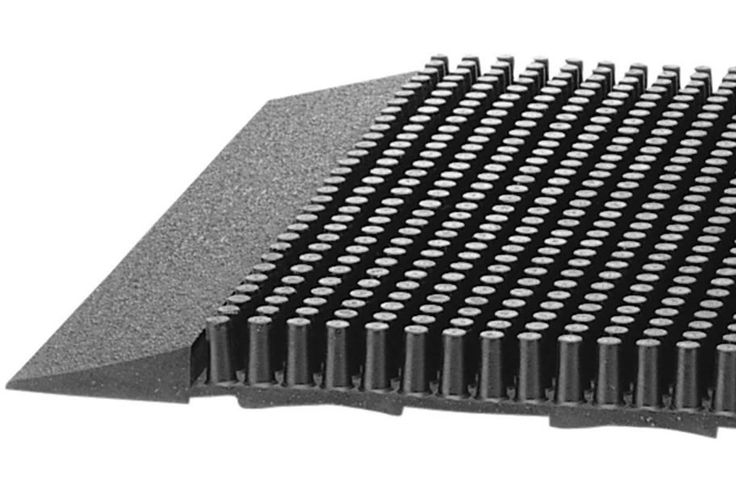
Mensch Manure Vacuum cleans the alley in one pass, allowing more time to properly fill and groom freestall bedding. Minimized time in they alleyway means reduced wear and tear on equipment.
In efficiency tests, the Mensch Manure Vacuum was able to clean a 330 cow group (on 3x milking) in less than 10 minutes – including unloading! The Manure Vacuum scraper cleans the alley ahead of the tires keeping the barnyards and roads cleaner. The scraper head is equipped with quick couplers and pins to easily change scraper heads for rubber replacement or overhaul maintenance on pins and bushings. In addition, many grease fittings are equipped with remote hoses to make routine maintenance quick and easy.
STANDARD FEATURES

FEED ALLEY SCRAPERS
Feed Alley Scrapers are used to keep the feed close to the cows. This makes cows more inquisitive, encouraging them to get up and feed more often while eliminating the need for a broom in your alleyway.
The bottom bedder is used to lay bedding evening across the floor. The unit uses a rotating drum on the underside of the bucket to evenly lay down the bedding.
| Model | Width | GPM | Approx.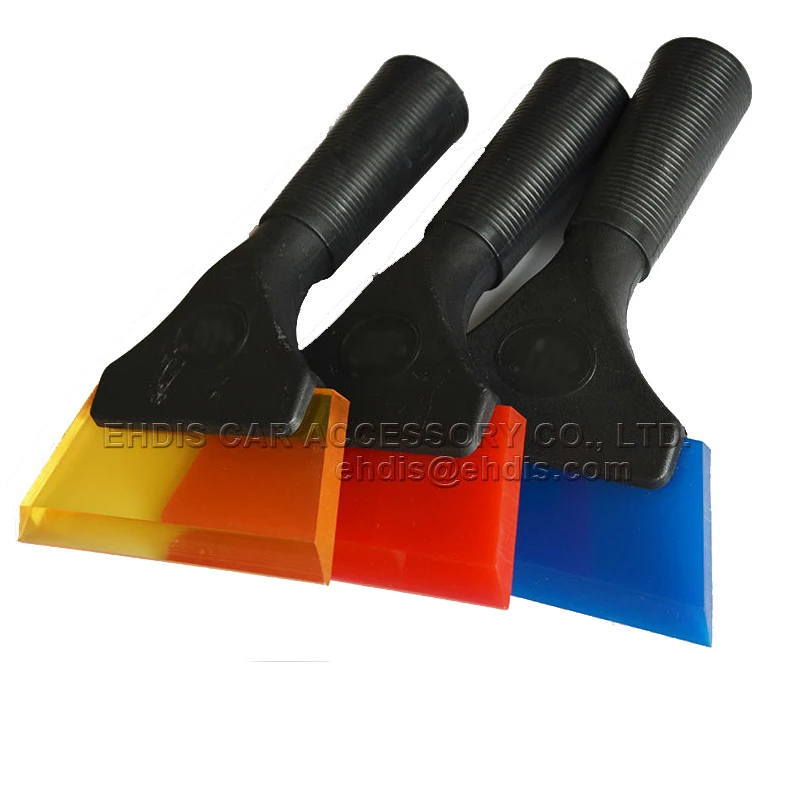 Weight | Material Capacity |
|---|---|---|---|---|
| M 1500 | 5′ | 10 | 850 lb | 1 yard |
| M 1600 | 6′ | 10 | 950 lb | 1 1/3 yard |
| M 1700 | 7′ | 11 | 1050 lb | 2 1/4 yard |
Pickup Terms
Failure to follow these terms may result in the seller turning away the attempt of your driver to pick up the purchased item(s).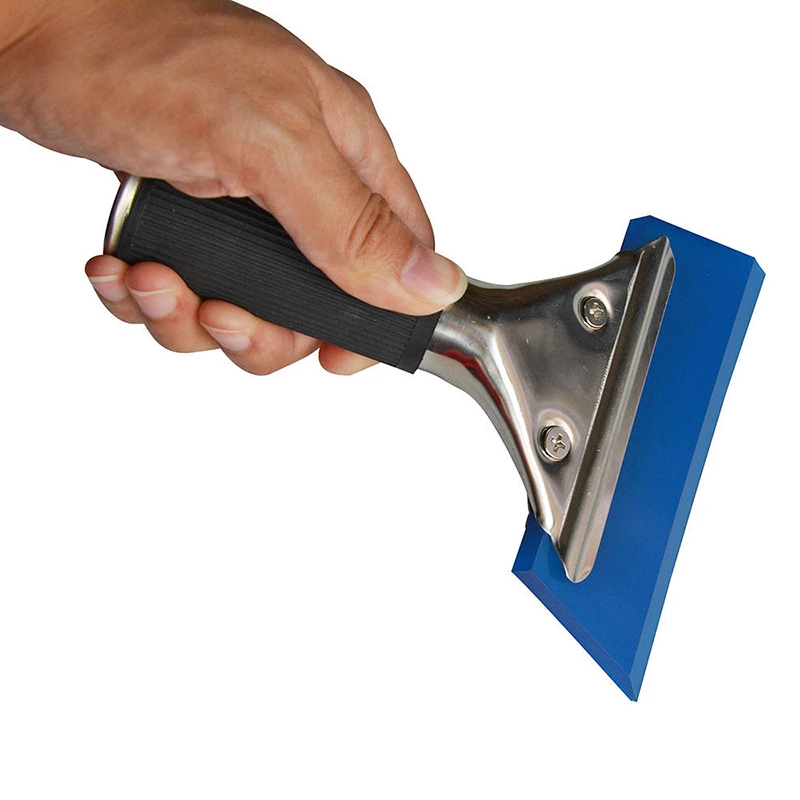
Hours of operation are subject to change for Holiday Schedules
You must call at least 24 hours in advance to schedule pickup
No Loading Dock, Ramps, or Forklift Available: Only RGN or trailers with ramps can be used to pick up this item at this location. Seller will not allow item to be loaded on a step-deck or flatbed trailer without the appropriate ramps.
Driver MUST bring a copy of the IronPlanet Item Release to pick the item up.
Every year, more and more equipment buyers are saying goodbye to the banks and hello to PurchaseFlex Financing from Ritchie Bros. Financial Services. Since 2011, we’ve helped more than 10,000 Ritchie Bros. customers acquire more than $1 billion in equipment needed to run their businesses.
We offer fast approvals, and give you the freedom and flexibility to buy what you need, when you need it. Our team of 100+ friendly financing experts are here to help your business grow, and are ready to invest in your success over the long term.
When the economy pivots, you need to be able to do the same with your equipment & truck needs. But you need to know your options - and we can help.
Our 200+ Ritchie Bros. equipment financing specialists are here to listen and expertly guide you through these unpredictable times - whatever the situation - with proven finance solutions.
Fill out the form below and an Equipment Financing Expert will contact you within one business day. For immediate assistance please contact us at +1 (855)-331-5732
First Name *
Last Name *
Legal Business Name * (If you're a sole proprietor, please re-enter your first and last name).
Country *
United StatesCanadaAustraliaSpainItalyMexicoGermanyFranceUnited KingdomNetherlands
Amount Requested *
Phone Number *
1272027303132333436394041434445464748495152535455565758606162636465668182848690919293949598211212213216218220221222223224225226227228229230231232233234235236237238239240241242243244245246248249250251252253254255256257258260261262263264265266267268269290291297298299350351352353354355356357358359370371372373374375376377378380381382385386387389420421423500501502503504505506507508509590591592593594595596597598599649670672673674675676677678679680681682683684685686687688689690691692699850852853855856872880886960961962963964965966967968970971972973974975976977992993994995996998
Email Address *
Primary Industry *
ConstructionLong Haul TransportationShort Haul TransportationAgricultureMiningForestryMaterial HandlingManufacturingAggregateRental CompanyDealerOther
What sets Ritchie Bros. Financial
FinancialPurchaseFlexTM Financing gives you the freedom and flexibility to source your trucks and equipment anywhere
Approvals in as little as one day 10+ years of equipment financing experience
And tens of thousands of satisfied customers
Your equipment & financing one-stop-shopTo access Ritchie Bros. full suite of services, solutions, and insights
$1B+ in open credit approvalsHelping businesses of all sizes & situations
Contact us today to navigate your next move.Use our handy financing calculator
“The financing rates and terms Ritchie Bros. offered were better than anywhere else, and they approved me for higher amounts, They even help me finance equipment I buy elsewhere!”
David Fischer - Performance Grading Inc.
Florida, USA
| Customer Care Agents are available Monday to Friday, 8:30 a.m. to 5 p.m. (GMT) | ||
| Phone | +353 (0)1 860 5000 | |
| Fax | +353 (0)1 860 5021 | |
| [email protected] | ||
When the number of traffic accidents increases in winter, the first thing to remember is the weather. They are really difficult in recent days: snow has fallen, the wind has intensified, plus daylight hours are as short as possible at this time of the year. Still, it is important to take all precautions to avoid trouble. A lot of it has to do with using the right tires, but just “changing shoes” isn’t enough, you have to do it right.
In the Rules of the Road, we recall, the wording is quite simple: “When participating in road traffic from December 1 to March 1, cars with a technically permissible total weight of up to 3.5 tons inclusive, cars and passenger cars with a technically permissible total weight over 3.5 tons, as well as buses with a technically permissible total weight of up to 5 tons, must be equipped with winter tires. Winter tires are installed on all wheels of the vehicle.
Pay attention to the tire markings as well. Tires must be marked with a three-peak mountain peak with a snowflake inside, or M+S, M&S, M.S, M S or All seasons. In this case, the residual height of the tread pattern must be at least 4 mm.
But that's not all. There are several types of car tires, including asymmetric, directional. This means that depending on the model used on the car, how the rubber is installed can be of fundamental importance.
One of our readers drew attention to the photos published from the scene of accidents.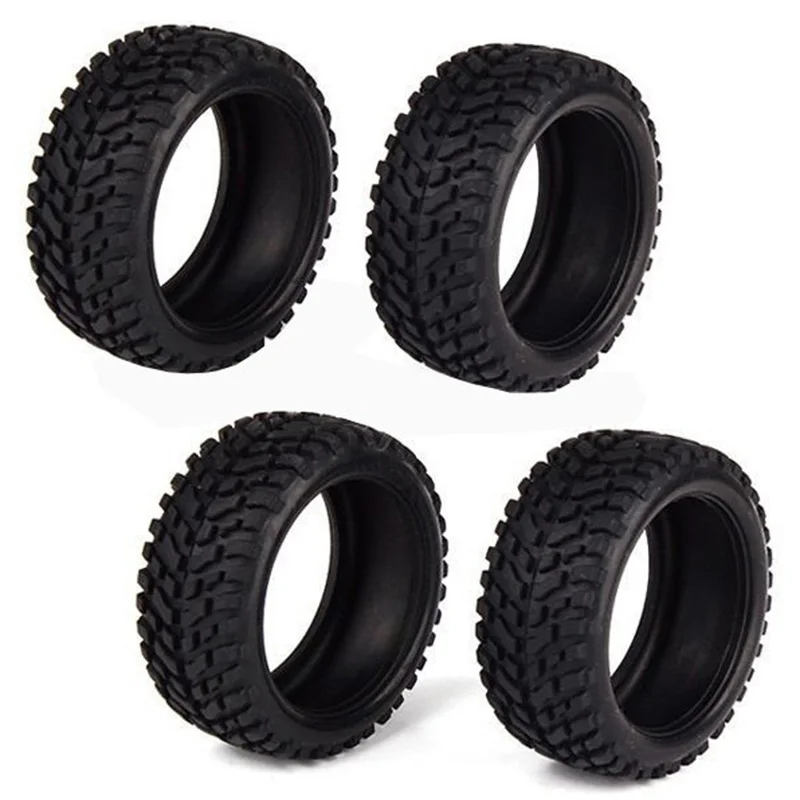 He noticed that on some cars the directional tires are obviously installed incorrectly, that is, they cannot be 100% effective.
He noticed that on some cars the directional tires are obviously installed incorrectly, that is, they cannot be 100% effective.
- For some reason, everyone pays attention only to whether winter tires are installed and whether the tread is worn out. And few people look to see if the tire is in its place - was noted by the interlocutor.
A simple example: the photo shows that rubber with a directional tread pattern is installed. That is, it is understood that the tire must move in a specific direction, for such tires it is indicated on the sidewall with an arrow (usually there is also an inscription Rotation). Where the arrow points is where the wheel should turn as the car moves forward.
The herringbone tread of directional tires has angled grooves designed to channel water and snow from under the wheel. But the "herringbone" must be correctly located in order for the developers' idea to work. And the sharp part - the top, when moving forward, should touch the road first, and not vice versa.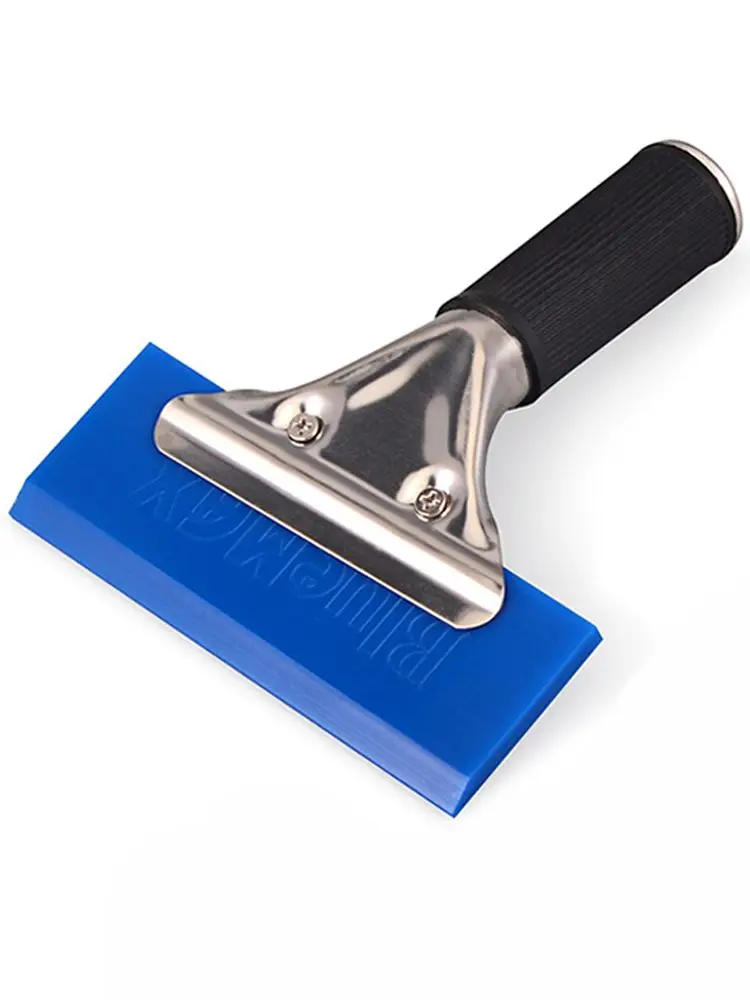
There are also asymmetric tires, when using them, it is important which side is on the outside and which side is on the inside. There are also corresponding designations on such rubber, you just need to pay attention to them. And you should not always rely on the accuracy of tire workers, it is better to check everything yourself again.
- When they change tires after the summer, they don't pay attention to it. Somehow, in my presence, a man changed wheels for winter ones, and when they looked, three wheels were already screwed out of place, - said our reader.
And only symmetrical tires have neither directionality nor asymmetry - they will perform the same in any arrangement.
Winter, in fact, has just begun. Check your car's tires.
Are you familiar with the situation? Tell us: [email protected] or t.me/vitpetrovich.
Baseus Quick Clean Car Ice Scraper
snow scraper, plastic
Buy
Startul Master ST9 scraper1 review and ice
Auto.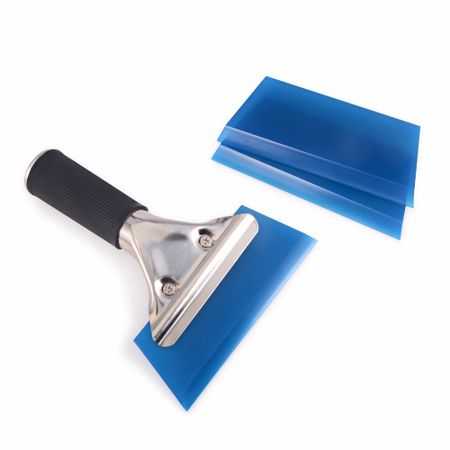 Onlíner in Telegram: traffic situation and only the most important news
Onlíner in Telegram: traffic situation and only the most important news
Got something to tell? Write to our telegram bot. It's anonymous and fast
10/17/2012 #Tire # Tire
The history of car tiresAt the present time, you can not find a person who would not know what tires on cars are intended for. But not everyone knows that tires have become such relatively recently. To trace the history of automobile tires, it is necessary to go back almost a century and a half into history.
The first rubber tires appeared in the middle of the 19th century, almost immediately after Charles Goodyear's invention of the process of making rubber from rubber. Initially, such tires were wooden wheels, on which a rim made of a solid rubber layer was put on.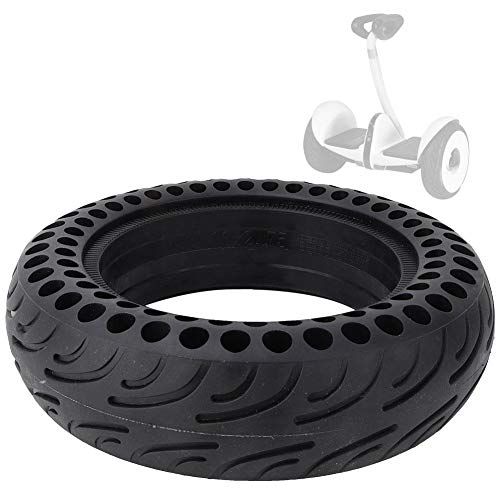 Molded rubber tires were a breakthrough in ride comfort, allowing for a slightly cushioned ride while absorbing bumps from bumps in the road. However, although the use of molded rubber tires reduced shaking and vibration, the ride on a vehicle with such wheels was still far from comfortable.
Molded rubber tires were a breakthrough in ride comfort, allowing for a slightly cushioned ride while absorbing bumps from bumps in the road. However, although the use of molded rubber tires reduced shaking and vibration, the ride on a vehicle with such wheels was still far from comfortable.
Solid tire
It is believed that the idea of using a layer of air to soften shocks and reduce rolling friction came to the mind of the Scottish engineer Robert Thomson, who received a patent on December 10, 1845 for the invention of an “improved wheel for wagons and other moving objects”.
Thomson's "Improved Wheel" consisted of a wooden rim covered with a metal hoop, onto which an outer skin of leather was screwed with bolts. From the outside, pieces of leather were fastened with rivets. Inside the resulting leather tube was placed the prototype of the modern camera, only at Thomson it was made of canvas impregnated with a rubber mixture.
Robert Thomson Tire
Thomson even conducted tests that showed that the use of an "air wheel" can significantly reduce the force required to move the crew. Thomson intended to use similar wheels on carriages, especially noting that the carriage could now move especially smoothly and that, thanks to the use of air tires, it seemed to hover above the ground. Robert Thomson published his test results on March 27, 1849.year in Mechanics Magazine, with detailed drawings and a description of his invention.
Thomson intended to use similar wheels on carriages, especially noting that the carriage could now move especially smoothly and that, thanks to the use of air tires, it seemed to hover above the ground. Robert Thomson published his test results on March 27, 1849.year in Mechanics Magazine, with detailed drawings and a description of his invention.
However, no one was interested in this invention, and the production of "air wheels" was never started.
The pneumatic tire was reinvented in 1888 by John Boyd Dunlop in Ireland. Dunlop's first pneumatic wheel consisted of an air-filled piece of garden hose fitted to the wheel rim of his son's children's bicycle. The hose was attached to the rim with a wound tape made of rubberized canvas. To prevent the tape from quickly abrading on the road surface, Dunlop attached a piece of thick rubber tape over the wound canvas tape.
John Dunlop's tire
In 1889, a bicycle race was held, which was won by a rider who used an unusual tire on his bicycle - with a pneumatic chamber.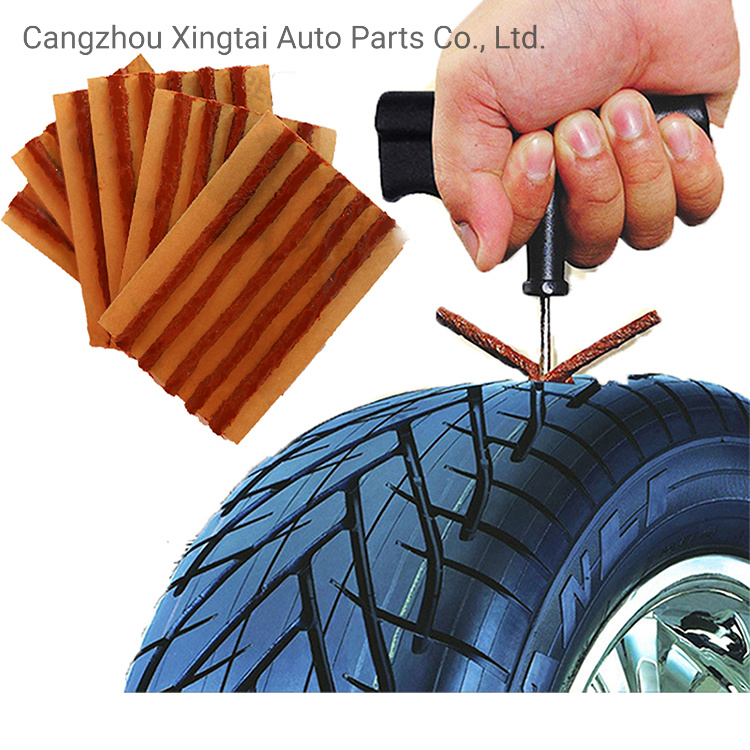
Realizing the promise of his invention, John Dunlop opened a workshop for the production of pneumatic bicycle tires in 1889 - "Pneumatic Tire and Booth's Bicycle Sales Agency". Now this company has grown from a small workshop into the international Dunlop corporation.
However, in that form, the pneumatic tire could not be used on cars. In addition, the tire was non-removable, which caused great inconvenience during operation. After a very short time, in 1890, the problem was solved with the adaptation of the tire for mounting on cars. Engineer Kingston Welch proposed a new scheme for the wheel: tires were made removable, separate from the camera. Metal wire was inserted into the edges of the tire for strength. Thanks to the recess, the camera was better fixed on the rim. To prevent the tire from slipping off the rim, its edges protruded and held the sides of the tire.
Kingston Welch Tire
In the same year, methods were developed for relatively easy mounting and dismounting of the tire.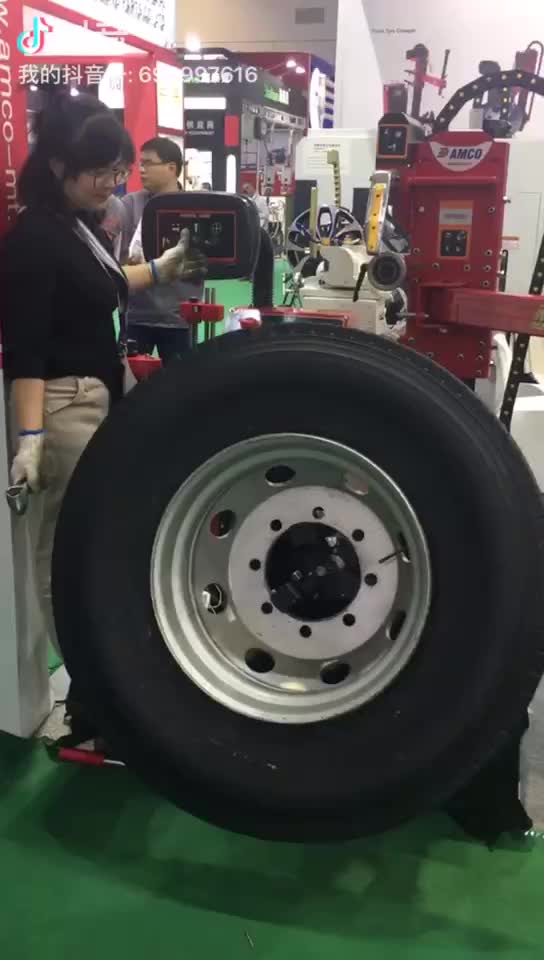 The beginning of the use of pneumatic tires on cars was already a matter of time. It only remained to adapt the design for use on cars with their high (for that time) speeds and heavy wheel loads.
The beginning of the use of pneumatic tires on cars was already a matter of time. It only remained to adapt the design for use on cars with their high (for that time) speeds and heavy wheel loads.
The first automobile pneumatic tires were produced by two French brothers Andre and Edouard Michelin, presenting them in 1895 years before the Paris-Bordeaux race. The brothers already had experience making bicycle tires. They made car tires specifically for this race. Nowadays, almost everyone already knows the name of the brothers - the Michelin company has grown into an international corporation.
Thanks to the use of pneumatic tires, the cars have increased smoothness and maneuverability, driving on rough roads has ceased to be so unpleasant. However, the general distribution of such tires was hampered by their capriciousness in operation, as well as difficulties in mounting and dismantling. Therefore, solid rubber and pneumatic tires were produced in parallel.
Further research by engineers to improve pneumatic tires was aimed at eliminating the above disadvantages. Soon, special strips made of various reinforcing materials - cords - were introduced into tires, which increased the service life and unpretentiousness of the tire. The appearance of special assembly machines significantly accelerated the installation / dismantling of wheels. Among other things, the wheels themselves are removable. Now they were attached to the hubs with a few bolts.
Soon, special strips made of various reinforcing materials - cords - were introduced into tires, which increased the service life and unpretentiousness of the tire. The appearance of special assembly machines significantly accelerated the installation / dismantling of wheels. Among other things, the wheels themselves are removable. Now they were attached to the hubs with a few bolts.
Pneumatic tires were soon strong enough to be used on trucks. The number of tires produced already numbered in the millions.
To improve handling, various tread patterns were developed, research was carried out with various rubber compounds. Synthetic rubber has been developed to reduce dependence on countries that supply natural rubber used to make rubber. This made it possible to reduce the cost of tires, as well as to stabilize the chemical composition of rubber, which made it possible to achieve constancy of chemical and physical characteristics for each tire in the series.
Chemical companies have been actively involved in improving the quality of tires, not only by selecting new additives for rubber, but also by finding the best cord material.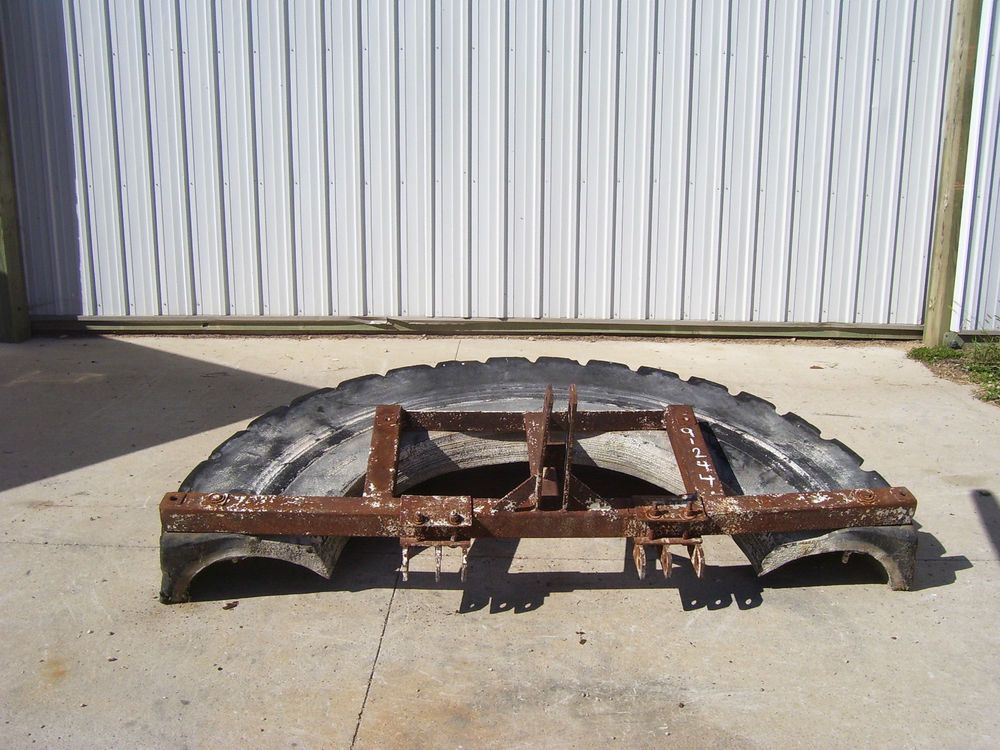 Initially, the cord was made of textiles, but it had low strength, which is why there were frequent cases of tire ruptures. Company engineers began to experiment with synthetic materials - the latest viscose and nylon. The use of these materials made it possible to significantly increase the strength characteristics of tires. Now cases of tire explosions have become a very rare occurrence.
Initially, the cord was made of textiles, but it had low strength, which is why there were frequent cases of tire ruptures. Company engineers began to experiment with synthetic materials - the latest viscose and nylon. The use of these materials made it possible to significantly increase the strength characteristics of tires. Now cases of tire explosions have become a very rare occurrence.
In the middle of the 20th century, Michelin developed a completely new type of tire: the cords were made of metal and ran radially from bead to bead. Tires with this type of cord are called radial. The use of a radial cord made it possible to increase the strength and service life of the tire several times with the same weight. Or, while maintaining the same strength and speed characteristics, have a much smaller mass.
For all its merits, the traditional tube tire has one major drawback: when punctured, it deflates almost immediately and movement becomes impossible. To get rid of this shortcoming, it was necessary to find a way to do without a camera.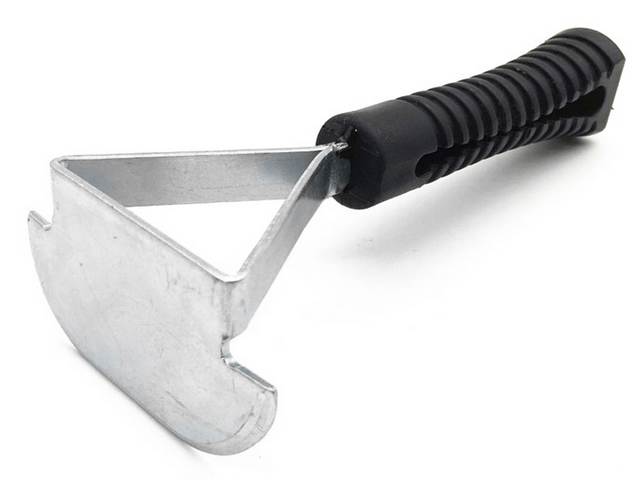 And therefore, tubeless tires were developed, which, even in the event of a puncture, made it possible to drive some distance without a significant loss of their strength qualities. However, tubeless tires are more demanding on the quality of both the tire itself and the disc. All this is due to the fact that in such wheels the tire must fit as tightly as possible in the disk machine to ensure the necessary level of tightness in order to keep the air inside.
And therefore, tubeless tires were developed, which, even in the event of a puncture, made it possible to drive some distance without a significant loss of their strength qualities. However, tubeless tires are more demanding on the quality of both the tire itself and the disc. All this is due to the fact that in such wheels the tire must fit as tightly as possible in the disk machine to ensure the necessary level of tightness in order to keep the air inside.
High profile tire
Modern car owners will find it surprising, but until the 60s of the 20th century, the tire profile was almost a circle. Further, the tire height decreased all the time, sometimes reaching 50 percent of the profile width. Low profile tires have better traction due to the larger contact surface. In addition, due to the reduction in the height of the profile, directional stability has improved, since such a tire is less deformed under side loads. A low-profile tire has many advantages, including a custom look that gives a car with such wheels a certain sporty aggression. But we must remember that in this case it is necessary to sacrifice the maximum load capacity. Although this is far from the most important criterion for sports cars. When tuning, car owners often put "sporty" low-profile tires even on cars that do not have a "sporty" appearance. But here it is already a matter of taste.
But we must remember that in this case it is necessary to sacrifice the maximum load capacity. Although this is far from the most important criterion for sports cars. When tuning, car owners often put "sporty" low-profile tires even on cars that do not have a "sporty" appearance. But here it is already a matter of taste.
Low Profile Tire
Since the advent of the first "air wheel" and until today, research has never stopped to improve the consumer qualities of pneumatic tires. If earlier research was mainly in the direction of increasing the strength of tires and improving grip on the road surface, now this has been added to the desire to create a tire that causes minimal environmental damage. This includes not only environmental friendliness in manufacturing (tire production has historically been very environmentally dirty), but also minimal harm in operation (peeling pieces of rubber and gases released are important environmental pollutants). In addition, do not forget that after the termination of use, the tires must be disposed of somehow.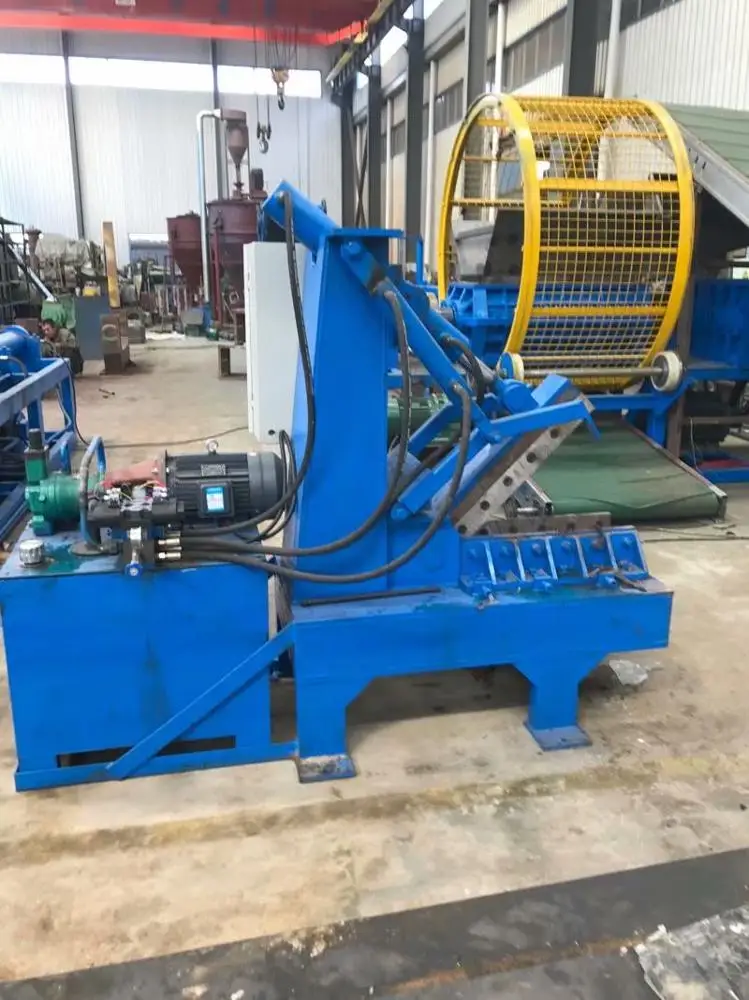 This process is also far from safe for the environment.
This process is also far from safe for the environment.
Previously, people did not think about the damage caused by mankind to the environment. But now, fortunately, things are changing for the better. Research is underway that would not only minimize the harm from classic rubber tires, but also aimed at finding a completely different, environmentally friendly material for making shoes for cars. In addition, a way is being sought to somehow move away from the need to use the air chamber as a shock-absorbing means. For example, there are already proposals to produce tires that instead of an air "cushion" would have a layer in the form of a sponge or in the form of large cells.
#Compressor adapter
Compressor adapter: reliable pneumatic connections
08/31/2022 | Articles on spare parts
Even a simple pneumatic system contains several connecting parts - fittings, or adapters for the compressor. About what an adapter for a compressor is, what types it is, why it is necessary and how it works, as well as the correct selection of fittings for a particular system - read the article.